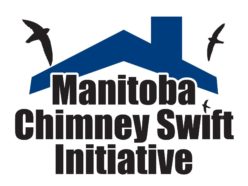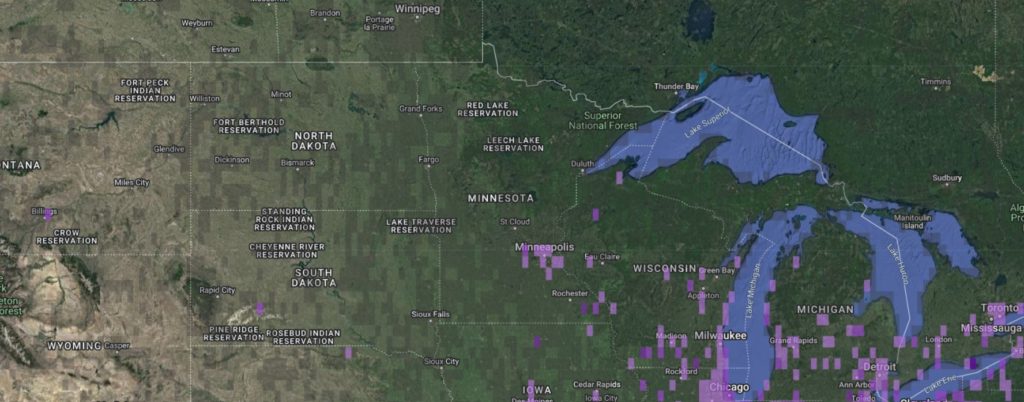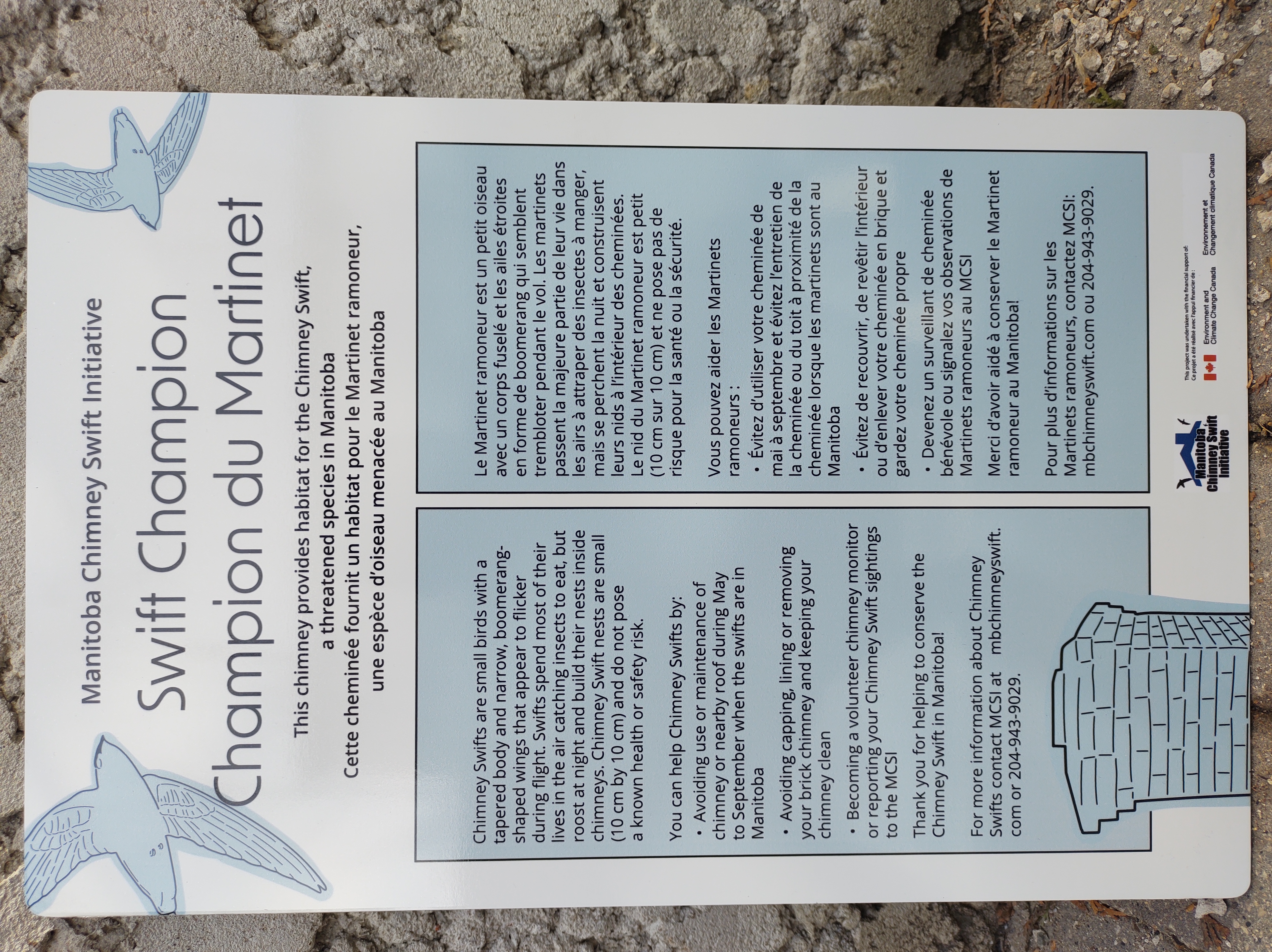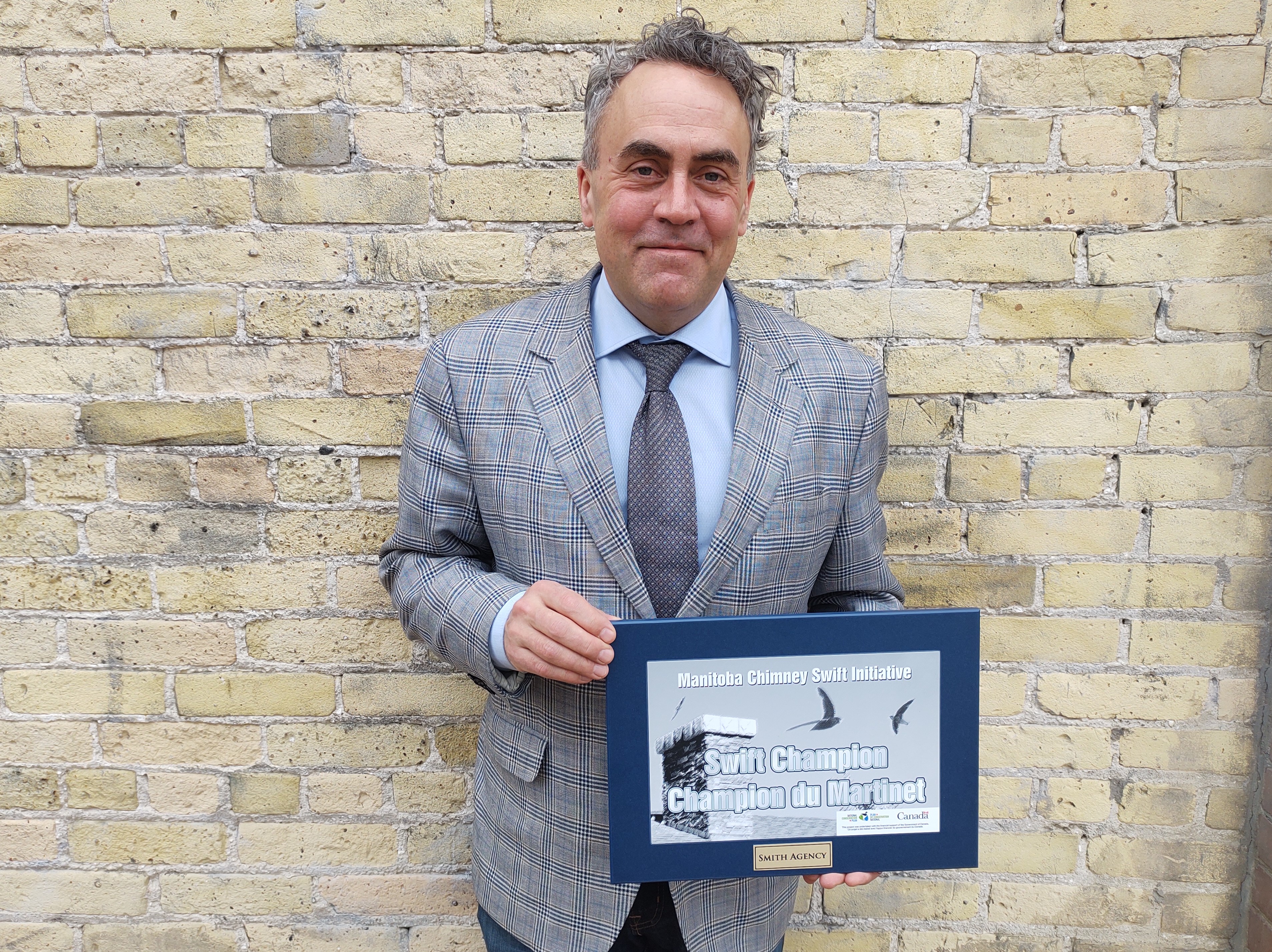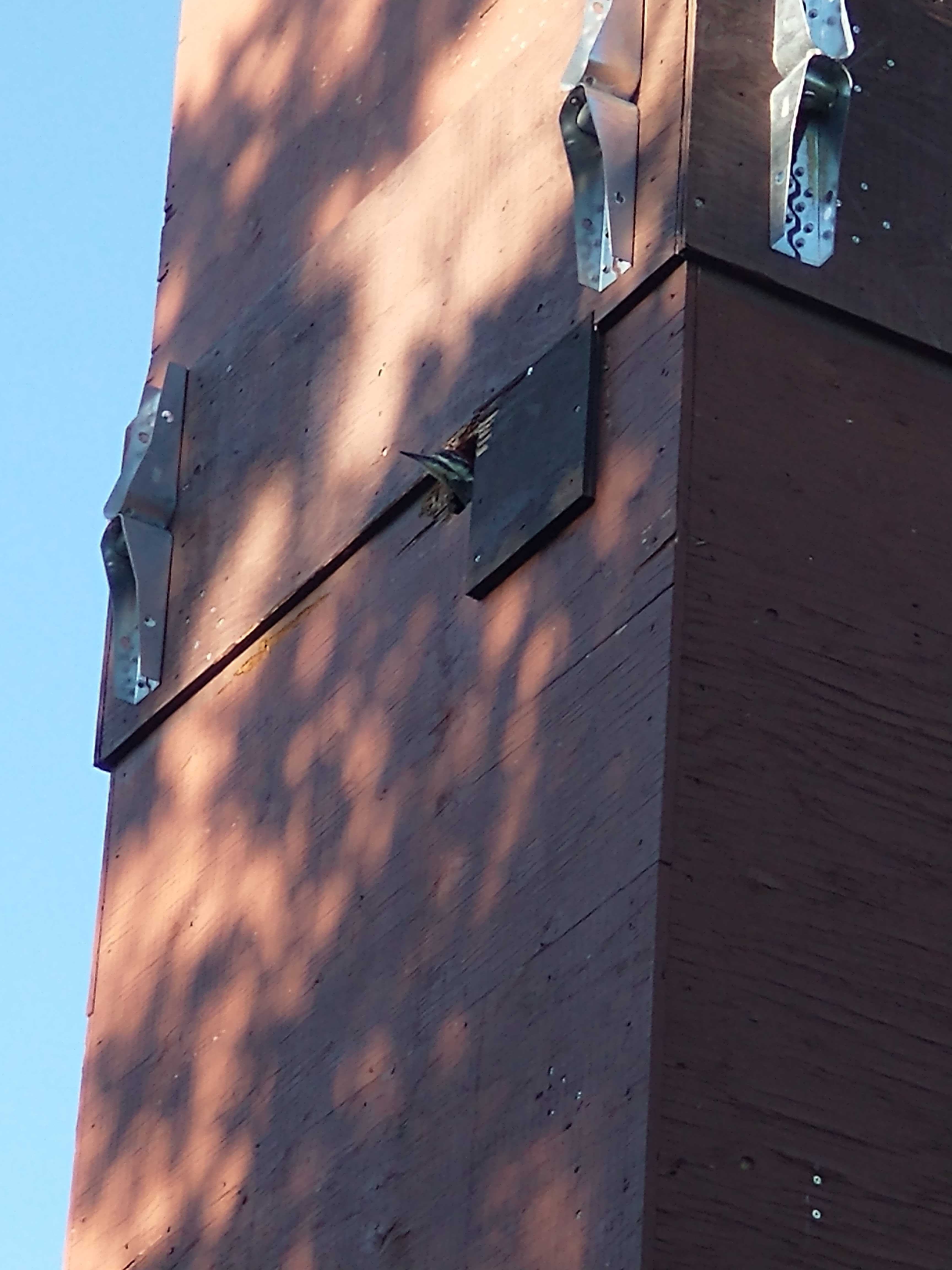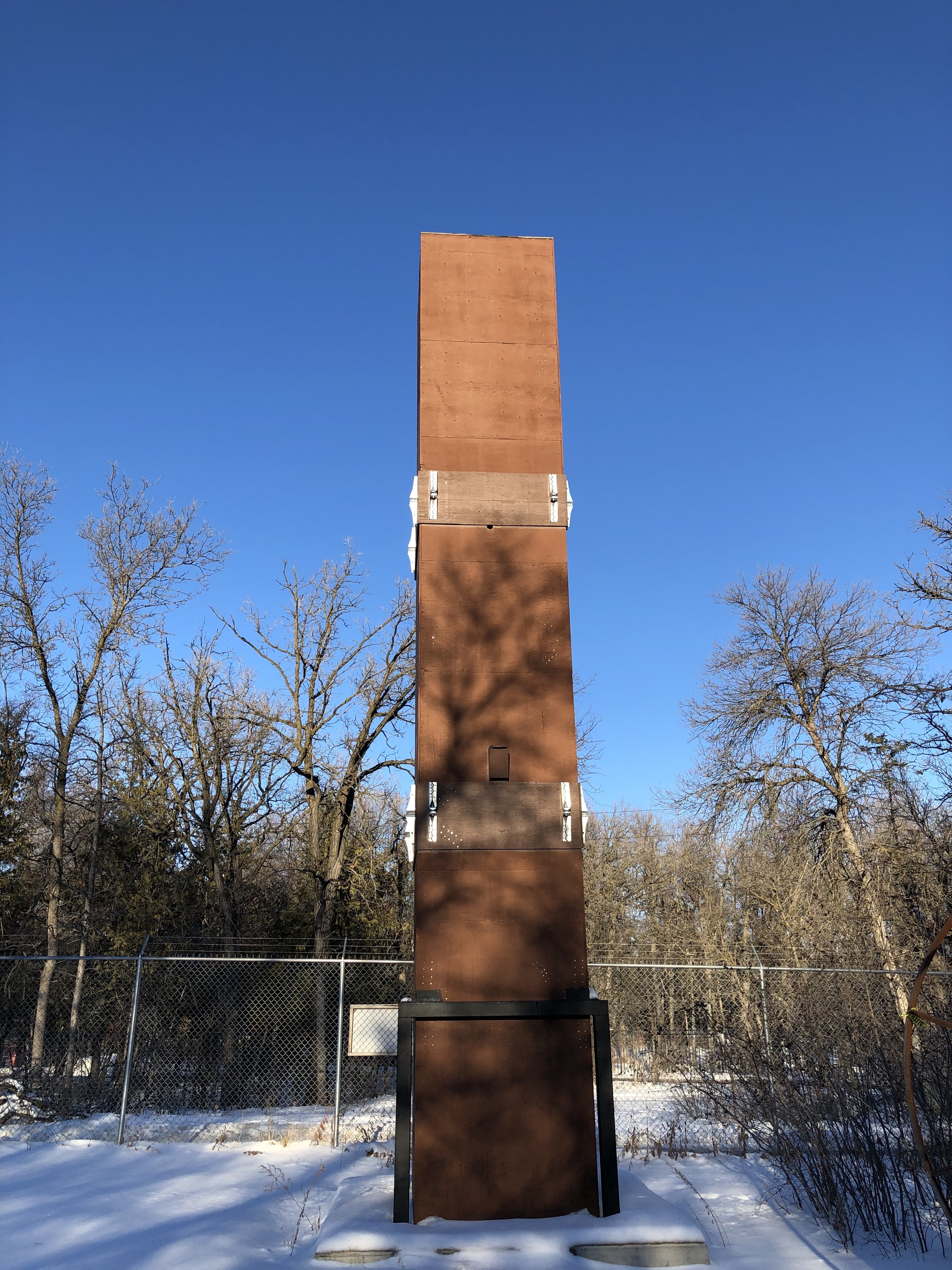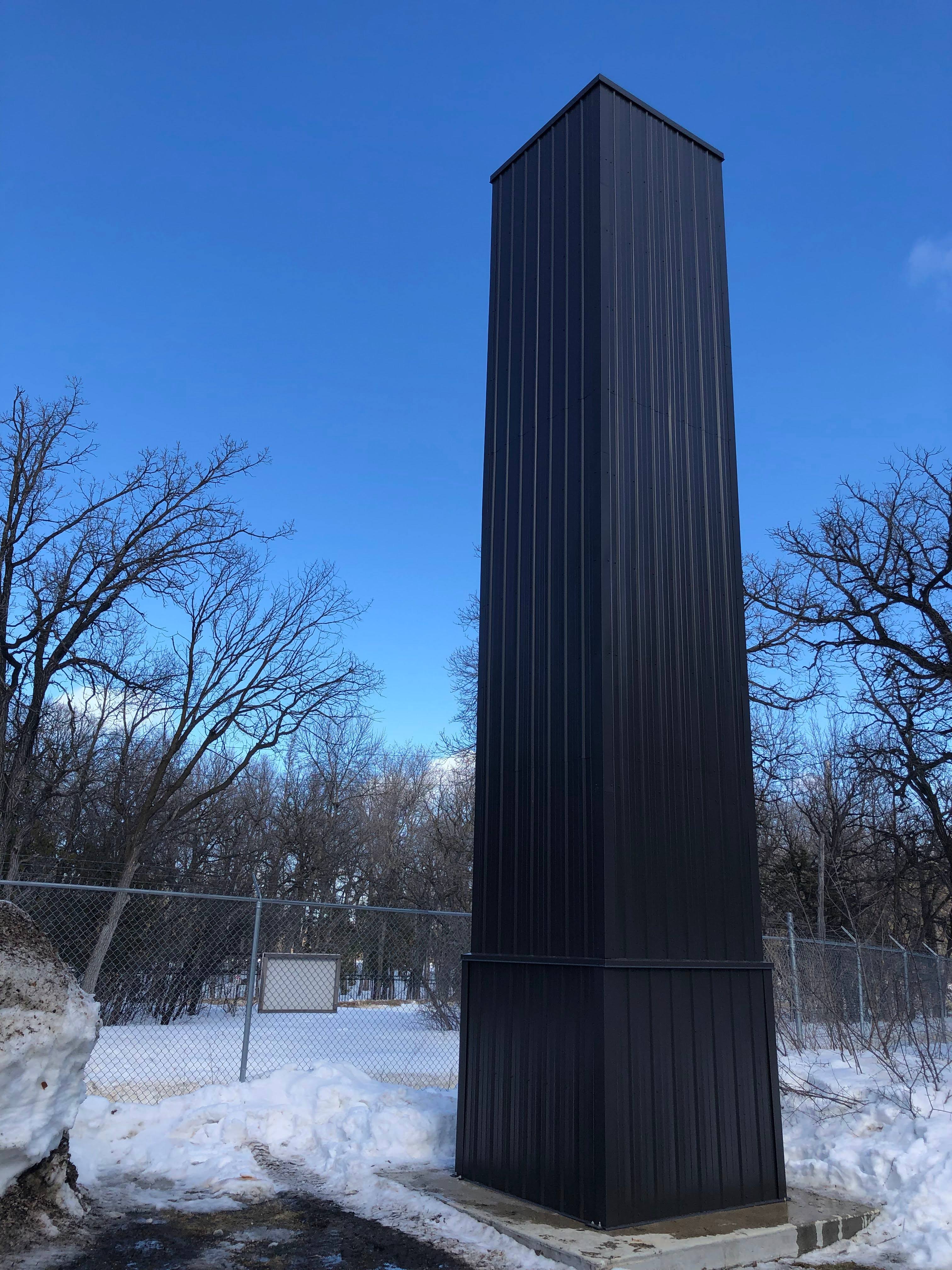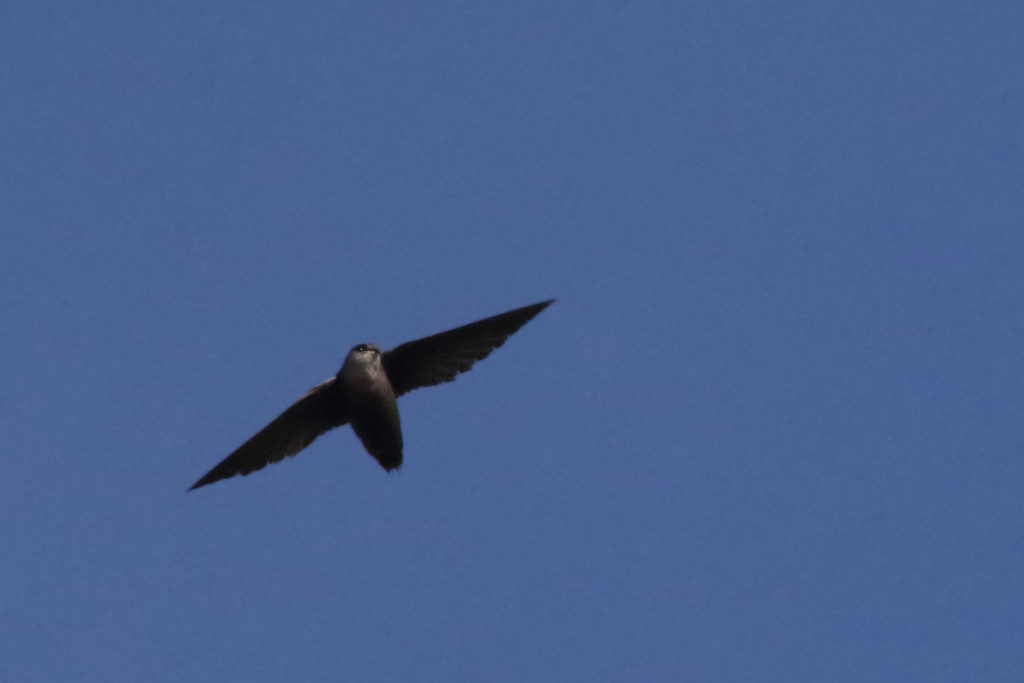WEATHER INFLUENCES WHETHER OR NOT YOU SEE SWIFTS
This blog leapfrogs Amanda’s summaries of your MCSI Wednesday Swift Watch and National Roost Monitoring Program reports. We share Amanda’s precious time with the Important Bird Area program (IBA; https://importantbirdareasmb.ca/). While Amanda was busy leading the Whitewater Lake IBA Bird Blitz then heading up to Wuskwi Sipihk First Nation, I drafted some thoughts about how weather might have influenced your chimney side experiences of late.

Canada’s senior meteorologist, Dave Phillips, spoke well to the weather challenges so far this year: https://www.cbc.ca/news/canada/manitoba/manitoba-summer-weather-long-range-forecast-dave-phillips-1.6473572 Hopefully, we are at the inflection point for transitioning out of the prolonged, cling-on winter (like toilet paper sticking to your foot – white, wet, and hard to shake off) which was followed by a wacky, watery “spring”. Rain and more rain and cold temperatures and high winds have plagued everyone in this province. Locals in my area have dubbed the current Red River event as the Forever Flood – water is still covering low-lying roads, driveways, and fields. Farmers are behind seeding. Fruit trees are late blooming (noted locally and by Ken W. in Dauphin). Has anybody seen bees? They are not out and about here.
Weather does influence whether or not you see swifts during your monitoring sessions. Let’s take a look at recent weather issues and how our Chimney Swifts seem to have responded to them…
Last week another Colorado Low hit, drenching the province with inches more rain. The post-rain period was markedly cold (< 12 C) and sustained high winds (>60 kph) prevailed. That was not ideal weather for Chimney Swifts to gather airborne insects. Chimney Swifts are obligate aerial insectivores. If there are no bugs in the air column, swifts do not eat. Other insectivores, such as Purple Martins, can pick up food on the ground so that is their Plan B option.
Fortunately, Chimney Swifts have an energy saving option to bridge poor weather conditions that impairs feeding. Their Plan B option is to take refuge inside their chimneys (roost or nest sites) and enter a state of torpor. With a reduced metabolic rate, precious calories are conserved. After coming out of torpor, one behaviour will dominate – feeding to restore body condition will be of highest importance. For breeding swifts, at this time of the year, the hierarchy of behaviour could translate into deferred nest building.
Some examples of how Chimney Swifts responded to the recent weather challenges were noted by multiple observers. In Dauphin and at the Selkirk Mental Health Centre, on the chilly, windy evening of Thursday, June 2nd, monitors were on-site ~8 PM and no swifts were seen at all that evening! However, roosting swifts were seen in Dauphin Wednesday night (~70) and Friday night (~44). It is likely that the birds went into their chimneys early to save energy on Thursday.
In St Adolphe, no swifts were seen using nest sites on Friday, June 3rd. It was a cold (12 C), long-john & wool sock viewing day. All 5 nest sites were monitored and no swifts were seen approaching chimney rims. All efforts were directed to feeding. The maximum group size seen in the air was 6 swifts, up from the 4 birds noted on Wednesday, June 1st.
Saturday, June 4th was a warmer, sunnier day in St Adolphe. A group of 6 swifts was seen once. Between ~10 AM and 12:45 PM, no swifts used the Church, Main St. or Brodeur Bros./Daycare chimneys. Ugh. The final monitoring session at Club Amical ended up much better than expected. A pair of swifts were in and out of both the SE and NE Club Amical chimneys. Here is what the typical nest building activity looked like:
Start observations at 12:55; gentle breeze; 0-24% cloud cover; no precipitation; >15 C.
1:01:20 – 2 CHSW strafe NE rim; approach together fast and low from E; then see N=3 flying low through the gap between chimneys; birds dip at the SE rim, circle around the building then move to the NW feeding.
1:24:37: 1 from N fast, low, stalls at NE rim and banks off to Fire Hall (to E) where N=1 flying; then see N=1 low at Beer Vendor = S end of Club A.
1:27:08 – 1 entry to SE chimney; bird was followed closely by N=1 that flies by due NW + N=1 other trailing behind pair.
1:28:07 – N=3 from Fire Hall to over Club to W; low, slow, quiet.
1:31:26 – 2 entries to NE chimney; both low from W; went over Club, reoriented into NW wind & dropped in slowly one after the other.
1:34:07 – N=2 to SW; 3 inside chimneys + 2 in air = max. 5 accounted for.
1:34:42 – 1 exit SE; up and drop to NW, slow, quiet, low, alone. Duration-in interval (entry to exit): ~8 min.
1:43:49 – 1 exit NE; to N, quiet, low. Duration-in interval: ~13 min.
1:43:59 – 1 exit NE; to N, quiet, low. Duration-in interval: ~13 min.
1:52:51 – 1 entry SE; meteoric, low, from SE, quiet, with N=1 that flies by to NW. Between-visit interval (exit to entry): ~18 min.
1:53:37 – 1 entry SE; low from SE; drop, quiet, alone.
1:54:11 – 2 exits SE; 1 bird to S and 1 bird to N; low, quiet. Duration-in interval: ~ 1 min.
End observations at 1:55 PM (60 minutes).
SE Club Amical chimney: 3 entries, 3 exits; pair onsite.
NE Club Amical chimney: 2 entries, 2 exits; pair onsite.
June 3-4 are important dates as no successful breeding attempt in St Adolphe has occurred when nest building started after that. With the clock ticking and questions to answer, it was back to check out the inactive sites once more…
On Sunday, June 5, no entry/exit events were seen at the Church during an early afternoon monitoring session. The wind was blowing cold again as the daytime high of 16 C was approached. During a short break, I talked with the homeowner of the Main St nest site. They saw a single bird enter the chimney before the last Colorado Low set in and many birds were seen in the area around their home. Then it was back to another round of monitoring at Brodeur Bros./Daycare where an exit was seen. A pair may be onsite but only one bird was detected during the monitoring session.
There are many perplexing issues this spring. Foremost, there has been no daytime activity observed at the Church. Since 2007, it has been the most frequently occupied site ~ usually claimed first by arriving swifts ~ and the one with the highest success rate in town. A roosting hour session would determine whether the site is claimed. If so, why is the breeding pair not ready to nest build yet? Is the local food supply very poor? Are there really only six swifts seen in town, distributed as pairs in the Club Amical chimneys and singles in Brodeur Bros./Daycare and Main St? What has happened to the overwintering and migrating Chimney Swifts that has resulted in fewer birds arriving in St Adolphe so far? Will more Chimney Swifts arrive soon? So many questions. So much monitoring to do.
Collecting “comparable” monitoring data is useful. I try to watch at least 2 different sites each time I go to St Adolphe to evaluate between-site progress relative to environmental conditions. To compare post-flood seasons, I looked back through my 2011 notes. That year, the Red River spring flood was followed by drought and extremely low mosquito trap counts. The Chimney Swifts in St Adolphe had the poorest productivity in 15 years of data collection (2007-2022 inclusive), with fledging occurring at only the NE Club Amical chimney. So, 2011 had a wild pendulum swing of weather conditions.

What will follow this year? Time will tell. For now, we will receive what Dave Phillips describes as a “meteorological gift” = 1 week of sun and no rain! It is hard to predict how the Chimney Swifts will respond. Let’s hope the snake ‘n’ ladder weather game plays out with a step onto the big ladder leading to the game winning square – successful breeding!
We look forward to receiving you reports, so keep them flying in!
— Barb
